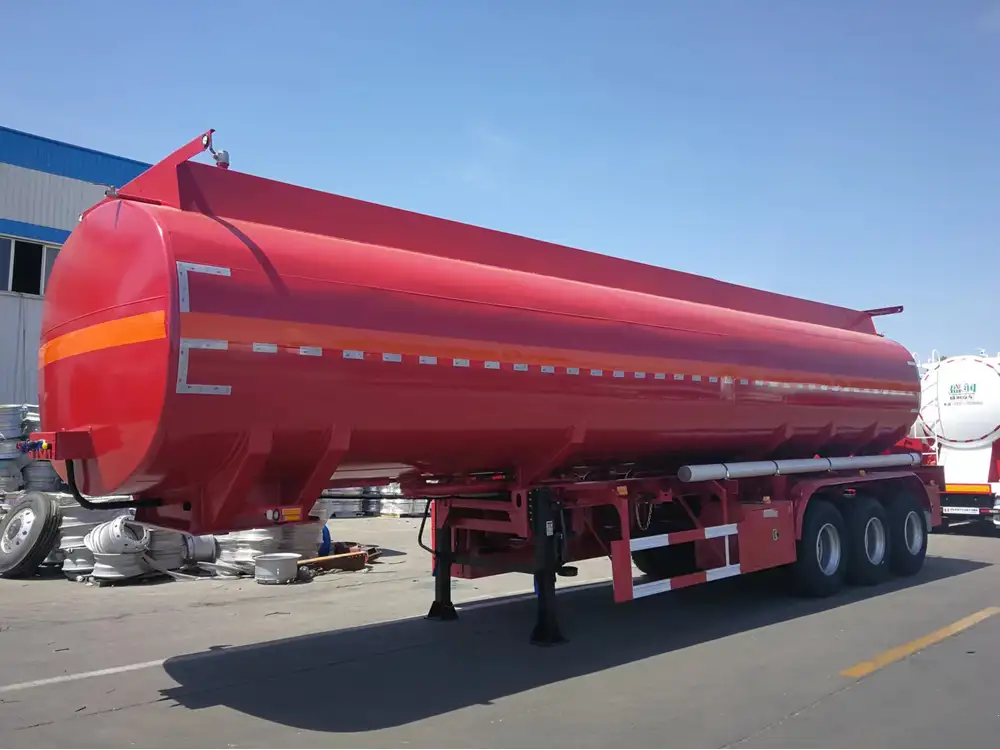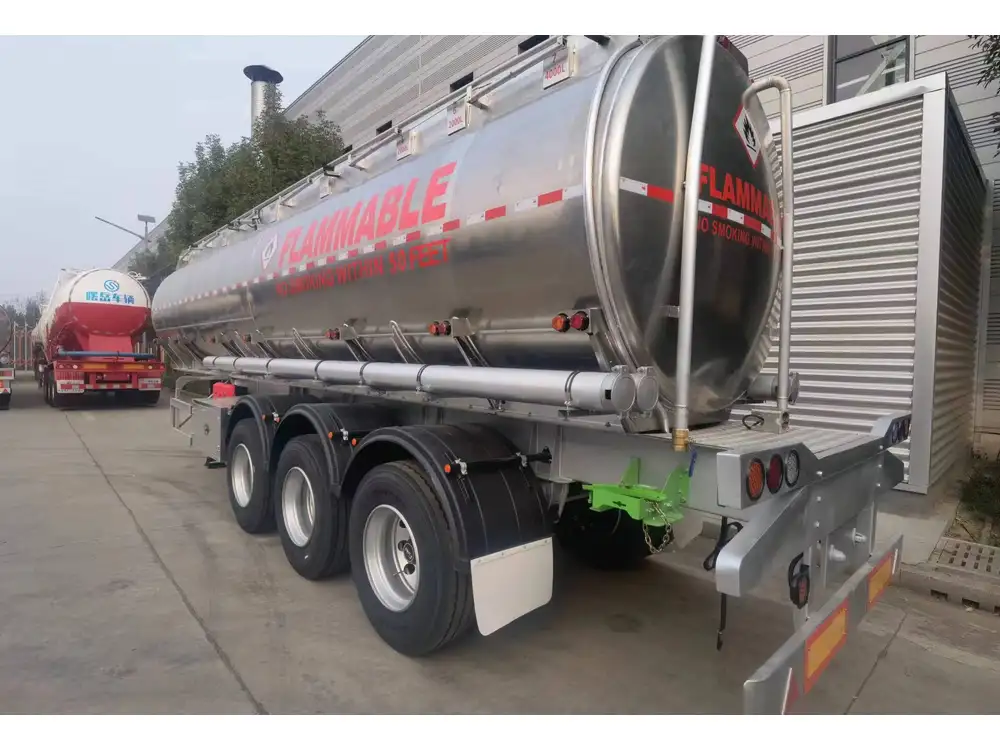When considering the dimensions of a semi truck cab, it’s vital to understand that these substantial vehicles are not merely modes of transportation; they represent mobile offices, living spaces, and places where truck drivers spend extended hours on the road. In this article, we delve deep into the specifics of semi truck cab dimensions, their design intricacies, and the implications these factors have on the trucking industry.
The Basic Dimensions of a Semi Truck Cab
Typically, the layout of a semi truck’s cab can vary based on the manufacturer, model, and specific configurations designed for maximizing comfort and efficiency. Generally, here’s a breakdown of the basic dimensions:
| Component | Dimension (in feet) |
|---|---|
| Length | 5 to 7 feet |
| Width | 6 to 8 feet |
| Height | 6 to 7.5 feet |
| Total Area (Square Feet) | Approximately 30 to 56 sq ft |
Key Factors Affecting Size
Configuration Types:
- Day Cabs: Typically measure around 30 square feet.
- Sleeper Cabs: For long hauls, sleeper cabs feature a designated sleeping area and may range substantially, often between 50 to 70 square feet.
Manufacturer Influence:
- Different manufacturers, such as Freightliner, Kenworth, and Peterbilt, offer varying cab designs and sizes which can significantly affect the final square footage.
Customization Options:
- Many truck owners opt for custom modifications, which can lead to an expanded cab space, ranging from additional storage compartments to upgraded sleeping areas.

Why is Cab Size Important?
Understanding the size of semi truck cabs goes beyond mere curiosity; it directly impacts:
- Driver Comfort: A spacious cab can help reduce fatigue during long trips.
- Efficiency: Maximizing the space can lead to better organization and efficiency for loading cargo, resting, or fulfilling administrative duties.
- Safety Regulations: Certain sizes fulfill specific industry regulations that prioritize drivers’ well-being and vehicle stability.
Driver Comfort and Ergonomics
The comfort level within the cab directly correlates with productivity. Therefore, the semi truck’s size is designed not just for space, but for functionality:
- Seating Arrangements: A standard driver’s seat offers flexibility, but additional seating for passengers may also be essential, particularly in models intended for team driving.
- Amenities: In sleeper cabs, amenities can include bedding, mini-fridges, and entertainment systems—all requiring ample space for installation.
Innovations in Cab Design
As the trucking industry evolves, so does the focus on ergonomic and space-efficient cab designs. Notable innovations include:
- Modular Sleeping Areas: Some modern trucks now offer slide-outs for sleeping areas which expand the cab’s interior.
- Integrated Technology: From refrigerators to advanced navigation systems, technology is seamlessly introduced into the design, enhancing functional space.
- Sustainable Materials: Manufacturers are increasingly utilizing eco-friendly materials in their cab constructions, affecting overall weight and space design.

Comparisons Between Cabs: Day Cab vs. Sleeper Cab
To illustrate the differences clearly, consider the table below:
| Feature | Day Cab | Sleeper Cab |
|---|---|---|
| Size | 30 sq ft | 50-70 sq ft |
| Sleeping Accommodations | None | Fully equipped sleeping space |
| Ideal Use | Short hauls, daily deliveries | Long-distance haulage |
| Amenities | Limited (basic controls) | Advanced (fridge, TV, etc.) |
Common User Questions Addressed
What should I consider when choosing a cab size?
When selecting a cab size, consider your typical driving route, duration of trips, and activities performed while on the road, such as eating, sleeping, or conducting business.

Are bigger cabs always better?
Not necessarily. While larger cabs offer more space and potential comfort, they may also lead to increased weight, which can affect fuel efficiency and handling on the road.
Can modifications increase comfort without changing the cab size?
Absolutely! Many drivers invest in ergonomic chairs and storage solutions that maximize comfort and usability without increasing the physical footprint of the cab.
The Implications of Cab Dimensions on the Trucking Industry
The implications of cab size stretch beyond the comfort of drivers; they can influence:

Fleet Management and Logistics
Understanding the cab dimensions can assist logistics companies in managing their fleets more effectively, ensuring that driver comfort is balanced with operational efficiency.
Regulatory Compliance
Fleet operators must consider that different sizes may meet or fail regulatory standards established by the Department of Transportation. Ensuring consistency in cab sizing can help maintain compliance.
Overall Cost of Ownership
Larger cabs can add to the initial cost and ongoing fuel expenses, thus influencing fleet budgeting and profit margins.

Final Considerations: The Future of Semi Truck Cabs
Looking ahead, as the trucking industry grapples with advances in technology and changing regulations, cab sizes are likely to evolve to meet new demands. Manufacturers may increasingly focus on optimizing space efficiency through creative designs and innovative features.
The Pursuit of Zero-Emissions Models
The transition to sustainable, electric models may prompt a reconsideration of cab dimensions—aiming for reductions in weight while maximizing internal functionality to balance the electric platform.
Conclusion
In closing, the question, “how many square feet is a semi truck cab?” opens up a myriad of considerations related to design, comfort, and industry standards. As the industry advances, understanding cab dimensions will remain critical not just for manufacturers but for fleet operators and drivers alike. A spacious, well-designed cab is no longer a luxury but a necessity—directly impacting safety, efficiency, and overall driver well-being. The future beckons with possibilities, and those aiming to stay ahead in the trucking world must keep a keen eye on how cab sizes and spaces will continue to evolve in response to technological advancements, regulatory changes, and shifting user needs.



